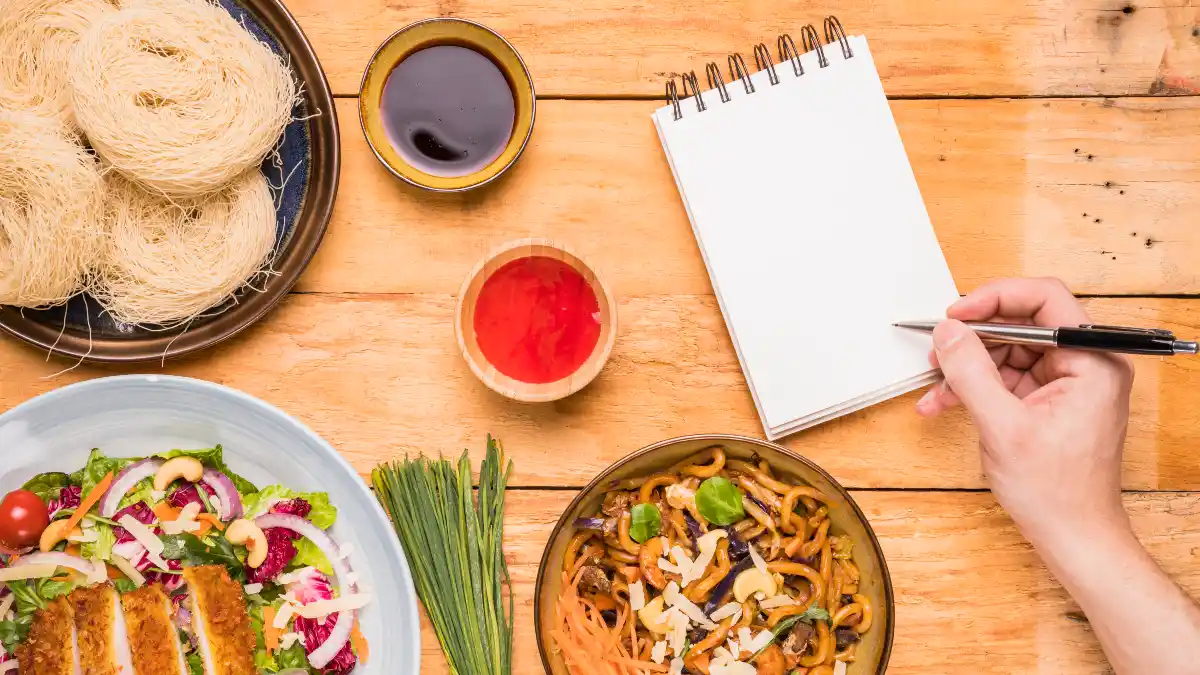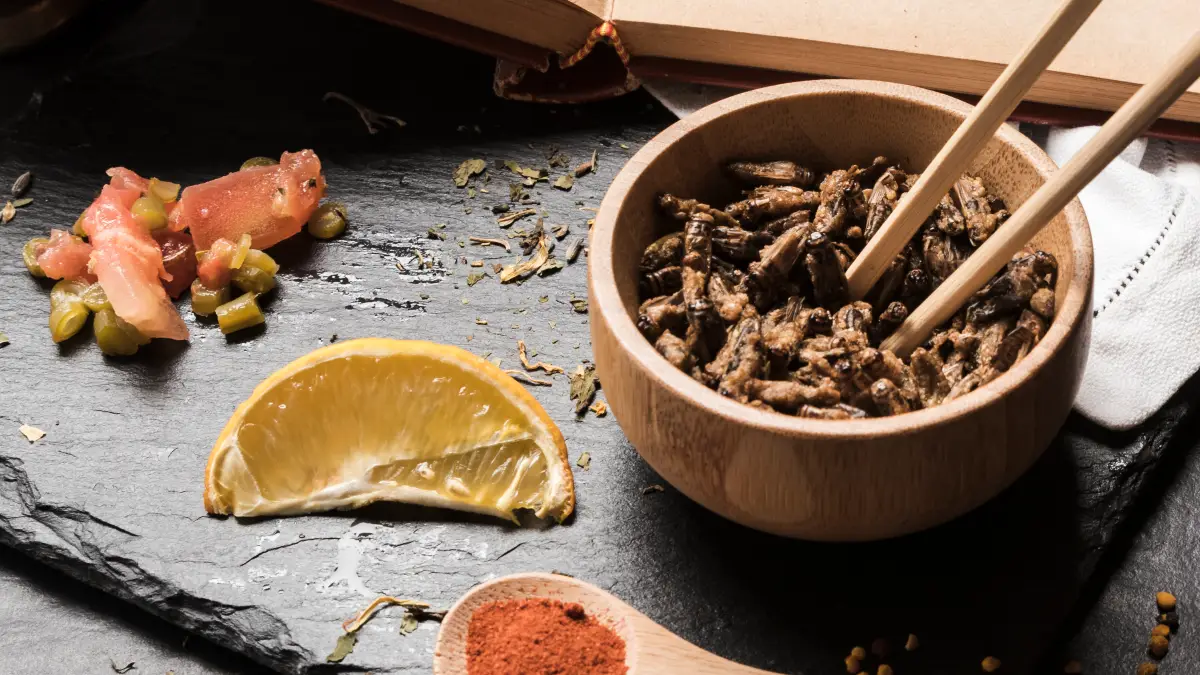That tight, swollen feeling after a meal has become an unwelcome daily guest. You’ve tried cutting out foods and adding probiotics, but the bloating persists, leaving you feeling defeated. This constant battle isn’t just physical; it’s a mental drain.
The solution isn’t found in another supplement bottle. It lies within a complete system—an ancient Japanese approach that modern science is now validating.
This guide breaks down that powerful framework. You will discover how a specific dietary blueprint (Washoku) and a transformative eating habit (Hara Hachi Bu) work together to cultivate a resilient gut. This is not another quick fix, but a clear, actionable plan to find lasting digestive comfort.
The Bloating Paradox: Unpacking the Surprising Global Data

Before we dive into the solutions, it’s important to understand what the science says about bloating in Japan versus the West. The answer may surprise you. The common belief is that Japanese women experience significantly less bloating, but the data reveals a more complex reality.
Research shows that the prevalence of Irritable Bowel Syndrome (IBS), a primary cause of bloating, isn’t necessarily lower in Japan. In fact, some studies report it to be significantly higher than in Western nations.
One study found the Japanese IBS prevalence to be nearly three times that of the Dutch. Reports show IBS prevalence in Japan as high as 14.9-16%, compared to around 7.1% in North America.
However, the prevalence rate only tells part of the story. The key difference is in how these digestive issues present.
For many Asian patients with functional gastrointestinal disorders, bloating and discomfort are the main complaints, sometimes more so than the abdominal pain that is often the primary symptom in the West.
For example, post-meal bloating and fullness are present in 81.3% of Japanese patients with dyspepsia, versus only 50% of US patients.
This raises a fascinating question: If this population reports high rates of bloating-related issues, what makes their approach to digestive health so effective?
The answer is that the Japanese approach is not a magic shield against these conditions but a highly effective, culturally ingrained system for managing them. The focus is not on why they don’t get bloated, but on how they effectively manage and minimize bloating.
The Washoku Blueprint: Japan’s Anti-Bloat Dietary Framework

The first pillar of Japan’s digestive wellness is its traditional dietary framework, known as Washoku. This philosophy of eating is so integral to the culture it’s recognized as a UNESCO Intangible Cultural Heritage. It’s not just a list of foods but a structured approach to balanced eating.
At its core is the principle of Ichiju Sansai, or “one soup, three sides”. This framework ensures a balanced meal with natural portion control. A typical meal includes:
- A staple: Steamed rice for energy and fiber.
- A soup: Often miso soup, which provides hydration and fermented benefits.
- A main protein: Usually omega-3-rich fish or plant-based options like tofu.
- Two vegetable sides: These provide a variety of fibers, vitamins, and minerals, often steamed, simmered, or pickled.
This structure is fundamentally different from the standard Western diet. Washoku is based on whole, fresh, seasonal ingredients and is naturally low in the primary drivers of digestive distress: excessive saturated fat, added sugars, and ultra-processed foods.
The diet also favors gentle cooking methods like steaming, simmering, and grilling over heavy frying, which preserves nutrients and is easier on the digestive system.
Ultimately, Washoku is more than a diet; it’s a nutritional operating system designed for balance and digestive ease. But the food itself is only half the equation.
A Comparative Look: Traditional Japanese vs. Standard Western Dietary Patterns
| Dietary Factor | Traditional Japanese Diet (Washoku) | Standard Western Diet |
| Primary Fiber Source | Seaweed, root vegetables (daikon), leafy greens, beans, rice. | Refined grains, processed cereals, limited whole vegetables. |
| Fat Profile | Low in saturated fat; high in Omega-3s from fish. | High in saturated and trans fats from red meat and processed foods. |
| Protein Staples | Fish, seafood, soy (tofu, edamame), legumes. | Red meat, processed meats, large poultry portions. |
| Fermented Food Intake | Daily (miso, natto, pickled vegetables). | Infrequent (yogurt, some cheese); often high in sugar. |
| Portion Size Philosophy | Small, varied dishes (Ichiju Sansai); mindful eating (Hara Hachi Bu). | Large single plates; emphasis on being “full”. |
| Processed Food Reliance | Minimal; emphasis on fresh, seasonal ingredients. | High; reliance on convenience foods, added sugars, and artificial ingredients. |
Hara Hachi Bu: The Ancient Secret to Ending Post-Meal Bloat

The second pillar is not about what you eat, but how you eat. It’s a simple, powerful principle from Okinawa known as Hara Hachi Bu.
This Confucian-inspired adage means “eat until you are 80% full”.
It is a practice of mindful eating, not calorie restriction, and it is deeply embedded in the culture of Okinawa, a “Blue Zone” known for having the world’s highest concentration of people who live to be 100.
The science behind it is simple. There is a physiological delay of about 15-20 minutes between when your stomach is physically full and when your brain receives the signal of satiety.
Eating slowly, as this practice encourages, allows this crucial feedback loop to function. This prevents the overconsumption that is a primary cause of bloating.
Eating to 80% capacity reduces the load on your digestive system. It prevents the stomach from being overwhelmed, which can reduce symptoms like indigestion, acid reflux, and the painful stretching of the stomach wall that we feel as bloating.
Here is how you can start practicing Hara Hachi Bu:
- Eat Slowly: Chew your food thoroughly and savor each bite. This aids digestion and helps you recognize when you’re nearing 80% fullness.
- Use Smaller Plates: Serving food on smaller plates can help control portion sizes and creates the illusion of a fuller plate.
- Pause Mid-Meal: Put your fork down halfway through your meal and check in with your body. You might find you’re already satisfied.
- Eliminate Distractions: Turn off the TV and put away your phone. Focusing on your meal helps you tune into your body’s signals.
When the balanced dietary blueprint of Washoku is combined with the mindful consumption practice of Hara Hachi Bu, the result is a powerful strategy that prevents digestive distress.
Inside the Japanese Pantry: 4 Science-Backed Foods That Fight Bloating

Now that we understand the framework, let’s look closer at the specific ingredients that make this diet so powerful for gut health.
Seaweed: The Prebiotic Fiber Powerhouse
Seaweed contains unique polysaccharides like fucoidan, laminarin, and alginate. These act as prebiotics, meaning they are indigestible in the upper gut and instead travel to the colon to selectively feed beneficial gut bacteria.
This promotes a diverse microbiome and encourages the production of anti-inflammatory short-chain fatty acids (SCFAs), which are vital for a healthy gut lining.
Fermented Foods (Miso & Natto): The Gut Microbiome Modulators
While they contain probiotics, the main benefit of fermented foods like miso and natto is more complex. The fermentation process breaks down some of soy’s anti-nutrients, which improves mineral absorption and makes the protein easier to digest.
Studies show that consuming natto and miso increases beneficial bacteria like Bifidobacterium while decreasing potentially harmful bacteria like Enterobacteriaceae. One study on natto miso soup found it significantly reduced gut-irritating compounds like indole and p-cresol.
Daikon Radish: Nature’s Digestive Enzyme
Raw daikon radish is a natural source of a trio of powerful digestive enzymes: amylase (breaks down carbohydrates), protease (breaks down proteins), and lipase (breaks down fats).
This is why grated raw daikon (daikon oroshi) is traditionally served with fried foods like tempura or fatty fish—to help digest them. These enzymes are sensitive to heat, which is why daikon is often consumed raw for its digestive benefits.
Green Tea: The Polyphenol Protector
The polyphenols in green tea, especially catechins, act as antioxidants and can positively influence the gut microbiota. Research suggests they help maintain a healthy ratio of Bacteroidetes to Firmicutes bacteria, a balance that can be disrupted by high-fat Western diets.
How Japanese Diet and Culture Cultivate a Bloat-Resistant Gut

So, what is the biological result of this unique diet and culture? It’s the cultivation of a distinct and remarkably resilient inner ecosystem: the Japanese gut microbiome.
This unique microbiome is not an accident of genetics but a direct, adaptive result of the traditional lifestyle.
Research has identified key features of the Japanese gut microbiome. It is characterized by a higher abundance of beneficial bacteria like Bifidobacterium and Bacteroides.
It also has a higher capacity for carbohydrate metabolism and a unique ability to digest complex polysaccharides from seaweed—a skill rare in Western populations.
This is no coincidence. The high intake of diverse prebiotic fibers from Washoku feeds a robust microbiota. Fermented foods directly seed the gut with beneficial microbes.
And mindful eating via Hara Hachi Bu helps prevent the gut disruption often caused by the stress of overeating.
A 2024 study directly linked higher adherence to the Japanese Diet Index with a greater abundance of butyric acid-producing bacteria in the gut, which are known for their anti-inflammatory properties.
The most important takeaway is that this healthy gut is not an exclusive genetic trait but an achievable outcome of a specific lifestyle. By adopting similar principles, you can begin to cultivate your own bloat-resistant gut.


